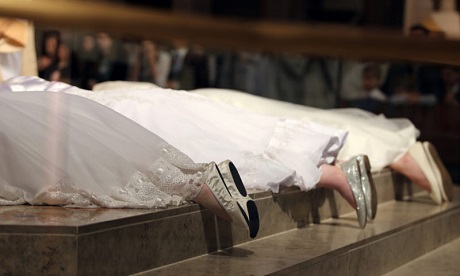The Rite of Consecrated Virginity has been given published instructions by the Vatican, 50 years after Pope Paul VI revived the ancient Order of Virgins.
The instructions (Ecclesiae Sponsae Imago) include rules concerning consecrated virgins’ state of life, the rite’s discipline and the responsibilities of diocesan bishops toward the vocation of consecrated virgins.
The instructions respond to requests from bishops for clarity on the role and mission of consecrated virgins.
There has been an increase in the number of women recognising the vocation since the order was revived.
A consecrated virgin is a never-married woman who dedicates her perpetual virginity to God, belonging to Christ in the Catholic Church.
The new document gives instructions for the prerequisites, formation, regulation and documentation of consecrated virgins, who are overseen by the diocesan bishop.
Archbishop José Rodríguez Carballo, secretary of the congregation for consecrated life, says consecrated people:
“Dedicate themselves to prayer, penance, works of mercy and the apostolate, each according to their own charisms, welcoming the Gospel as a fundamental rule for their life.
“The charism of virginity is harmonised with the proper charism of each consecrated person, giving rise to a great variety of responses to the vocation, in a creative freedom that demands a sense of responsibility and the exercise of serious spiritual discernment.”
The Order developed from the Gospel witness of women who gave up everything in order to follow the Lord.
According to the Code of Canon Law, women who pursue this vocation must be consecrated to God through the diocesan bishop, according to the Church-approved rite.
The women are betrothed mystically to Christ and are dedicated to the service of the Church, while remaining in a public state of life.
Some live individually, others in communities with other consecrated virgins.
While their consecration and life of perpetual virginity is permanent, their call to a secular state of life means they have jobs and provide for their own needs.
They are connected to the diocese in which they received formation and consecration, serving the local Church community under the authority of the bishop.
The bishop’s responsibilities include overseeing the preparation and formation before consecration and the women’s ongoing formation.
Source
Additional readingNews category: World.




